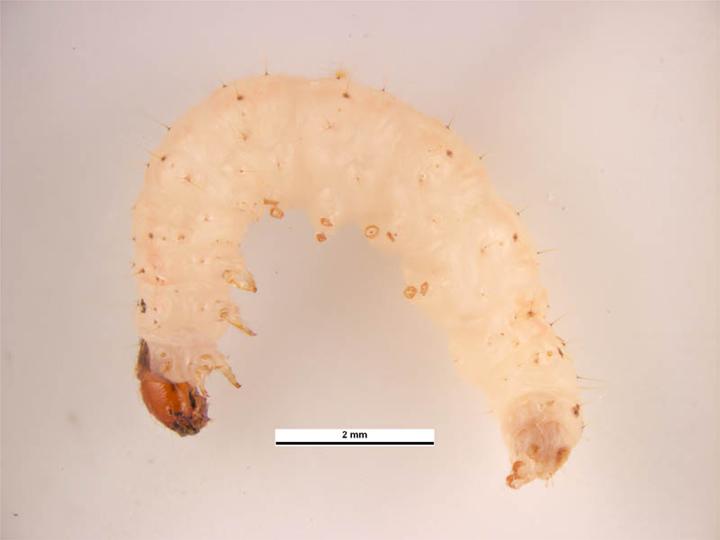|
Ephestia Animella
''Ephestia animella'' is a species of snout moth in the genus ''Ephestia''. It was described by Kari Nupponen and Jari Junnilainen in 1998 and is known from Russia Russia (, , ), or the Russian Federation, is a List of transcontinental countries, transcontinental country spanning Eastern Europe and North Asia, Northern Asia. It is the List of countries and dependencies by area, largest country in the .... It has been recorded at an elevation range of 900 to 1000 metres. References Moths described in 1998 Phycitini {{Phycitini-stub ... [...More Info...] [...Related Items...] OR: [Wikipedia] [Google] [Baidu] |
Pyralidae
The Pyralidae, commonly called pyralid moths, snout moths or grass moths, are a family of Lepidoptera in the ditrysian superfamily Pyraloidea. In many (particularly older) classifications, the grass moths (Crambidae) are included in the Pyralidae as a subfamily, making the combined group one of the largest families in the Lepidoptera. The latest review by Eugene G. Munroe and Maria Alma Solis retain the Crambidae as a full family of Pyraloidea. The wingspans for small and medium-sized species are usually between with variable morphological features. It is a diverse group, with more than 6,000 species described worldwide, and more than 600 species in America north of Mexico, comprising the third largest moth family in North America. At least 42 species have been recorded from North Dakota in the subfamilies of Pyralidae. Relationship with humans Most of these small moths are inconspicuous. Many are economically important pests, including waxworms, which are the caterpi ... [...More Info...] [...Related Items...] OR: [Wikipedia] [Google] [Baidu] |
Ephestia
''Ephestia'' is a genus of small moths belonging to the family Pyralidae. Some species are significant pests of dry plant produce, such as seeds and cereals. Best known among these are probably the cacao moth (''E. elutella'') and the Mediterranean flour moth (''E. kuehniella''). The genus '' Cadra'' is closely related to ''Ephestia'' and might be a junior synonym. Several of these moths are variously assigned to one or the other genus, in particular in non- entomological sources. Diversity Species of ''Ephestia'' include: Fauna Europaea. * '''' Ragonot, 1887 * '' |
Russia
Russia (, , ), or the Russian Federation, is a transcontinental country spanning Eastern Europe and Northern Asia. It is the largest country in the world, with its internationally recognised territory covering , and encompassing one-eighth of Earth's inhabitable landmass. Russia extends across eleven time zones and shares land boundaries with fourteen countries, more than any other country but China. It is the world's ninth-most populous country and Europe's most populous country, with a population of 146 million people. The country's capital and largest city is Moscow, the largest city entirely within Europe. Saint Petersburg is Russia's cultural centre and second-largest city. Other major urban areas include Novosibirsk, Yekaterinburg, Nizhny Novgorod, and Kazan. The East Slavs emerged as a recognisable group in Europe between the 3rd and 8th centuries CE. Kievan Rus' arose as a state in the 9th century, and in 988, it adopted Orthodox Christianity from the ... [...More Info...] [...Related Items...] OR: [Wikipedia] [Google] [Baidu] |
Moths Described In 1998
Moths are a paraphyletic group of insects that includes all members of the order Lepidoptera that are not butterflies, with moths making up the vast majority of the order. There are thought to be approximately 160,000 species of moth, many of which have yet to be described. Most species of moth are nocturnal, but there are also crepuscular and diurnal species. Differences between butterflies and moths While the butterflies form a monophyletic group, the moths, comprising the rest of the Lepidoptera, do not. Many attempts have been made to group the superfamilies of the Lepidoptera into natural groups, most of which fail because one of the two groups is not monophyletic: Microlepidoptera and Macrolepidoptera, Heterocera and Rhopalocera, Jugatae and Frenatae, Monotrysia and Ditrysia.Scoble, MJ 1995. The Lepidoptera: Form, function and diversity. Oxford, UK: Oxford University Press; 404 p. Although the rules for distinguishing moths from butterflies are not well establishe ... [...More Info...] [...Related Items...] OR: [Wikipedia] [Google] [Baidu] |


